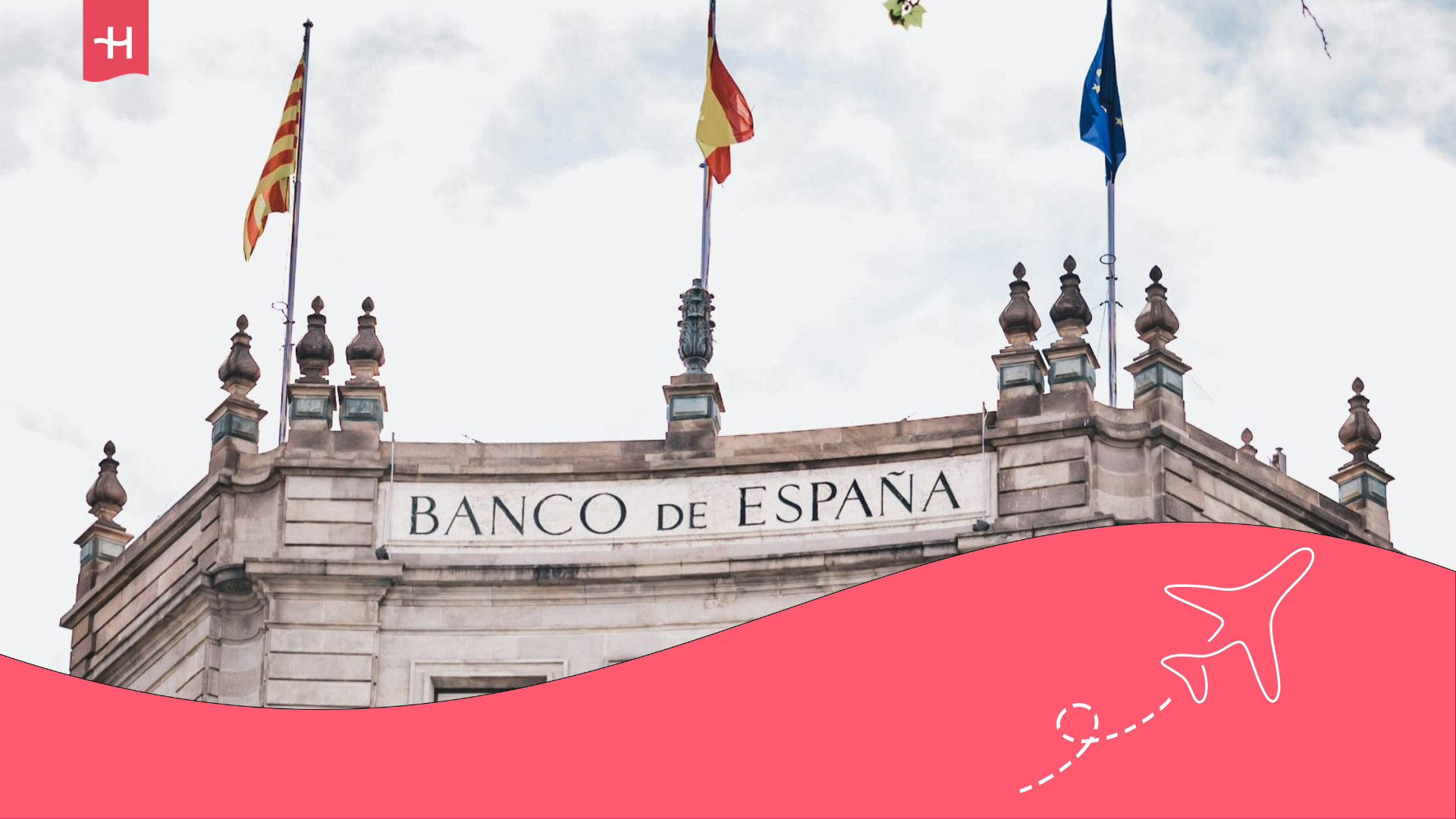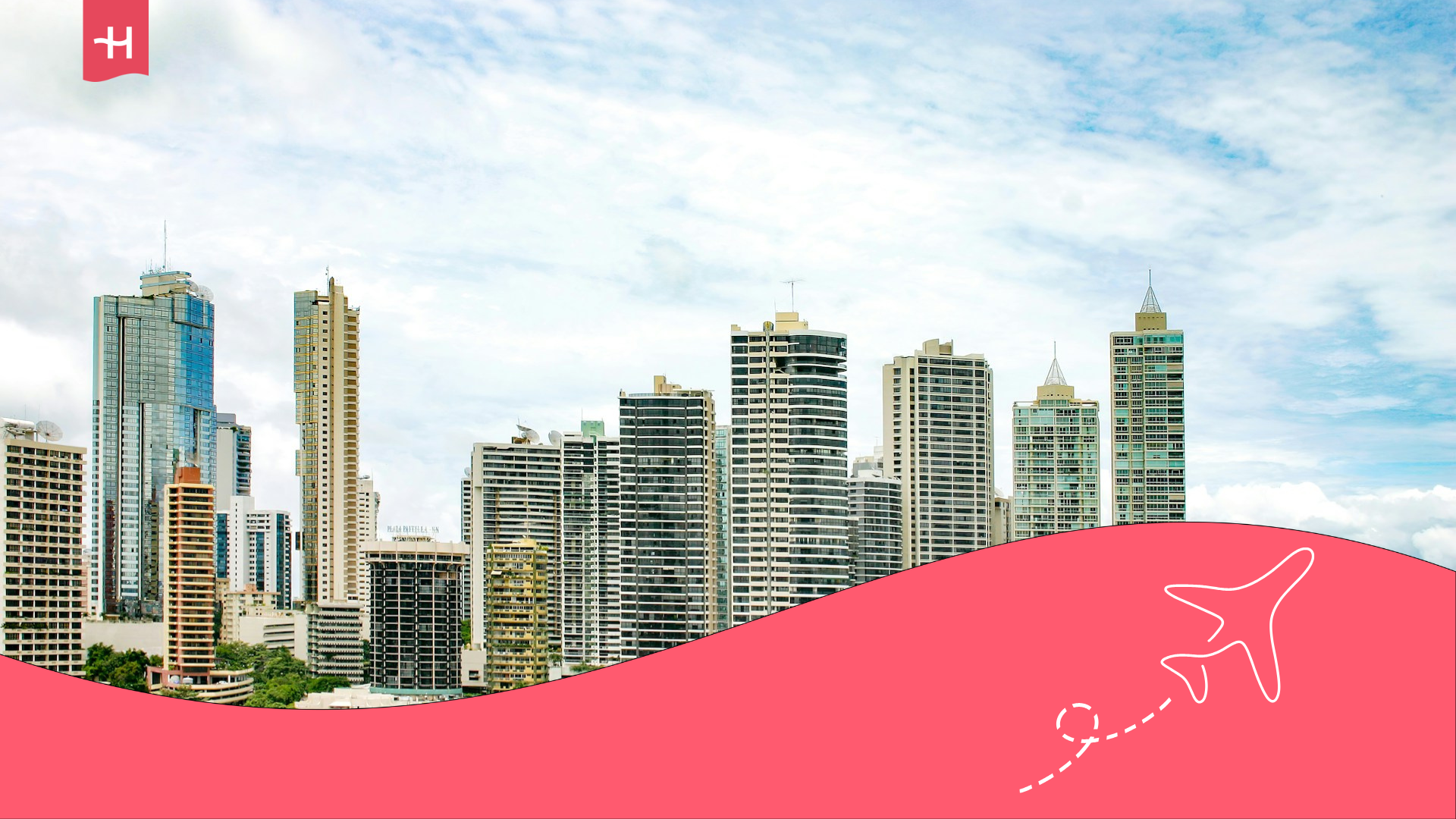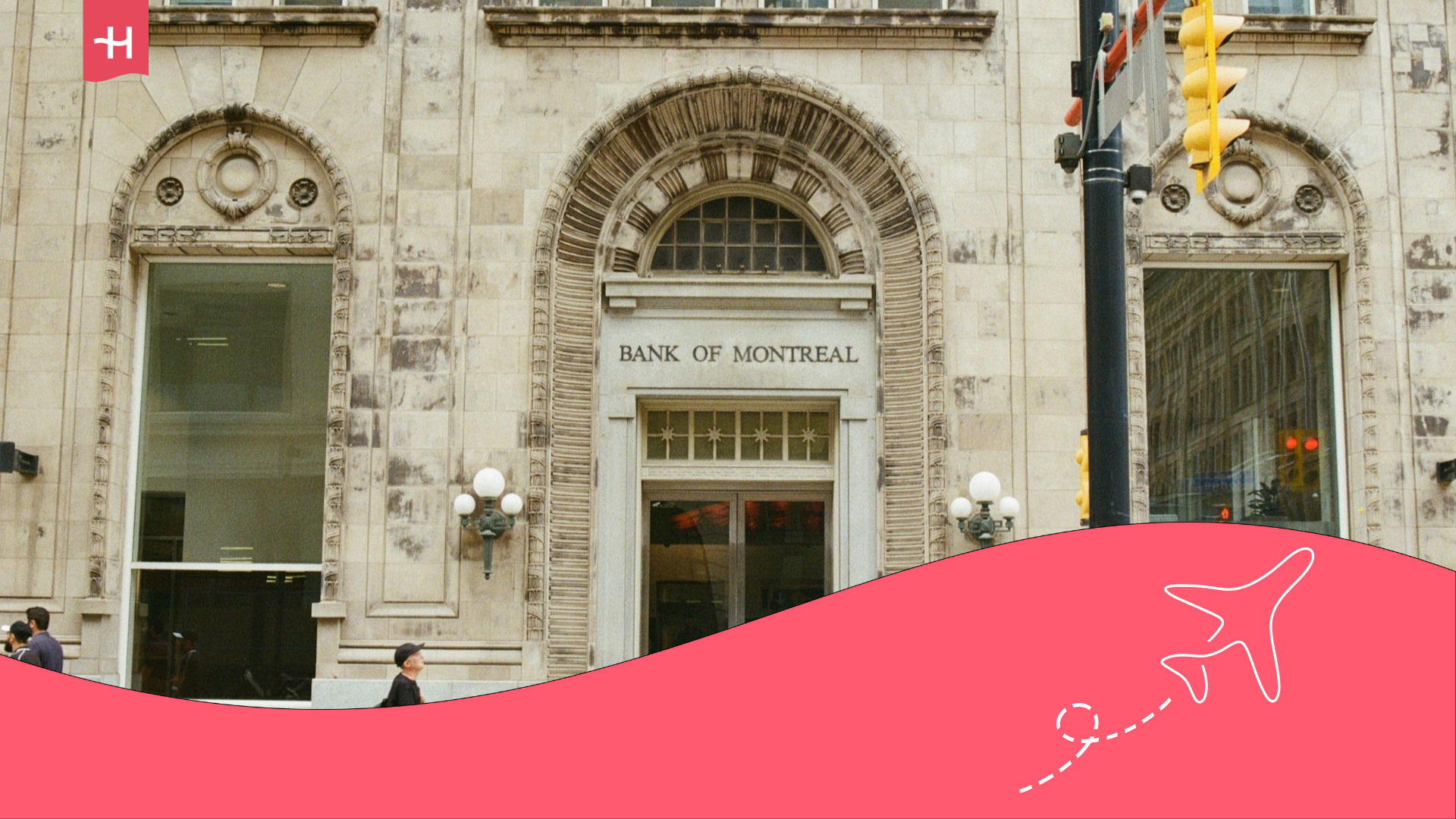Cost of living in Finland: Food, transport, and more
Discover the cost of living in Finland: rent, food, transport, healthcare and leisure. A comprehensive guide for students, digital nomads and travellers.
If you’re thinking about moving to a Northern European country, one of your first doubts will surely be how high the cost of living in Finland is. And it’s no surprise: This Nordic country, famous for endless forests, crystal-clear lakes and northern lights, combines social welfare, quality of life and top public services… but at a price many may find high.
With an exemplary education system and safe, clean, sustainable cities, Finland has become increasingly popular among international students, digital nomads and professionals seeking better work–life balance. Still, moving to this corner of the world comes with economic challenges. In other words, you’ll need to organise your budget to live well and enjoy everything Finland offers.
In this article we’ll show you the real cost of living in Finland in 2025, so if you’re considering moving to Helsinki, Turku, Tampere or a smaller city, this guide will help you plan your budget realistically.
How much does housing affect the cost of living in Finland?
No matter which country you move to, one of your biggest expenses will be rent. Well, housing in Finland, together with food, represents one of the largest monthly expenses for those living there. Housing demand is high, especially in cities like Helsinki, Espoo, Tampere and Turku, where most people and job or academic opportunities concentrate. Supply doesn’t always match demand, keeping prices high, especially in central areas.
Therefore, before booking your flight, we recommend searching for housing early, comparing options and staying patient. You’ll surely find the right place. Options range from small, functional flats to modern colivings and student residences. The good news is that construction quality is usually excellent: All homes come with efficient heating, good insulation and basic utilities included.
Now, let’s see the most common housing options for foreigners and their average costs, depending on type and city.
Studios or one-room flats: Small but well designed
If Finns know one thing, it’s how to make space count. Studios or one-room flats in Finland may be compact, but they’re designed to make every square metre matter. It’s common to see creative storage, multifunctional furniture and large windows letting natural light in, even during the darkest months.
The largest concentration of this type of housing is in Helsinki, where prices are much higher than the rest of the country. In cities like Tampere, Turku or Jyväskylä, you’ll find cheaper alternatives, always with very high standards: Proper heating, equipped kitchens and fast internet.
Here’s an estimate of average prices for this type of housing in Finland:
| City | Monthly price (USD) | Monthly price (€) |
|---|---|---|
| Helsinki (city centre) | $950–1,300 | €874–1,196 |
| Other large cities | $650–900 | €598–828 |
| Smaller cities | $500–700 | €460–644 |
Renting a studio in Finland usually requires one month’s deposit, a minimum six–12 month contract and sometimes references or proof of income. Most units come furnished or partly furnished, making moving much easier.
Coliving in Finland: Share space without giving up privacy
The coliving concept is gaining ground in Finland, especially among international students, young professionals and digital nomads who want to reduce costs without losing comfort. But unlike other countries, Finnish coliving has its own touch: Bright spaces, minimalist design, well-kept common areas and, of course, total respect for privacy and peaceful coexistence.
Most colivings are found in Helsinki and Espoo, but Tampere and Turku also offer interesting options, especially near universities and tech hubs. Most rooms are private, though kitchens, living rooms, laundry and coworking areas are shared.
| City | Monthly price (USD) | Monthly price (€) |
|---|---|---|
| Helsinki | $550–850 | €506–782 |
| Other large cities | $400–600 | €368–552 |
| Smaller cities | $300–500 | €276–460 |
Prices usually include utilities (water, electricity, heating), WiFi and sometimes weekly cleaning of common areas. In addition, many colivings in Finland offer community activities like yoga classes, shared dinners or outdoor trips, in line with the Scandinavian social spirit.
One- or two-room flats: Space and privacy with Nordic style
If you want more space and privacy, a one- or two-room flat is an ideal option. These homes are especially popular among couples, postgraduate students or workers planning to stay over a year. Most of them have a separate kitchen, private bathroom, central heating and often a balcony or access to shared green areas.
In terms of design, the Scandinavian style stands out: Bright interiors, neutral colours, wooden floors and layouts focused on comfort and functionality. Almost every flat includes basic appliances like fridge, oven and washing machine.
Most of these flats are in Helsinki, Espoo and Tampere, but you’ll also find plenty in Turku and Oulu, usually with slightly lower prices.
| City | Monthly price (USD) | Monthly price (€) |
|---|---|---|
| Helsinki (city centre) | $1,200–1,700 | €1,104–1,564 |
| Other large cities | $850–1,300 | €782–1,196 |
| Smaller cities | $650–950 | €598–874 |
In most cases, rent doesn’t include electricity or internet, which you’ll pay separately. Landlords also usually ask for one or two months’ deposit and a minimum 12-month contract.
Airbnb for medium stays: Flexibility with views of snow or forest
If you’re staying in Finland for a couple of months and don’t want long contracts, Airbnb is one of the most practical and flexible options. Although it’s more expensive than renting long term, it offers benefits hard to find in traditional rental markets: Instant online booking, no deposit needed and all services included.
In Helsinki there’s a wide choice of central studios or stylish small flats with views of the Baltic Sea or forest, depending on the district. In smaller cities like Rovaniemi or Jyväskylä, you’ll often find modern cabins, mini lofts or flats within family homes, perfect if you want a homely touch.
| City | Monthly price (USD) | Monthly price (€) |
|---|---|---|
| Helsinki (city centre) | $1,500–2,300 | €1,380–2,116 |
| Other large cities | $1,000–1,600 | €920–1,472 |
| Smaller cities | $800–1,200 | €736–1,104 |
Most Airbnb rentals in Finland include WiFi, heating, equipped kitchen and water and electricity bills. Many hosts also give discounts for stays over 28 days, a common option for those looking for temporary housing without bureaucratic hassle.
Student residences: An affordable option for international students
If you’re going to study in Finland, whether for a degree, master’s or exchange, your university will likely offer access to a student residence or university housing. These residences are designed for both local and international students and are among the cheapest options, though with some particularities worth noting.
In university cities like Helsinki, Tampere, Turku or Oulu, residences are usually managed by organisations such as HOAS (in Helsinki) or TOAS (in Tampere). Accommodation ranges from single rooms with shared bathrooms to small studios with private bathroom and kitchen.
Demand is high, so it’s best to apply well in advance. Waiting lists are common in large cities, especially in August and September.
| Type of room | Monthly price (USD) | Monthly price (€) |
|---|---|---|
| Single room (shared bathroom) | $350–500 | €322–460 |
| Single room (private bathroom) | $450–650 | €414–598 |
| Studio for one person | $550–800 | €506–736 |
Prices usually include water, heating and sometimes internet, but electricity is billed separately. Most residences have communal laundry, shared kitchens and common areas to socialise.
For many foreign students, these residences are an excellent way to lower the cost of living in Finland and meet people from around the world. They also help you integrate faster into Finnish university life.
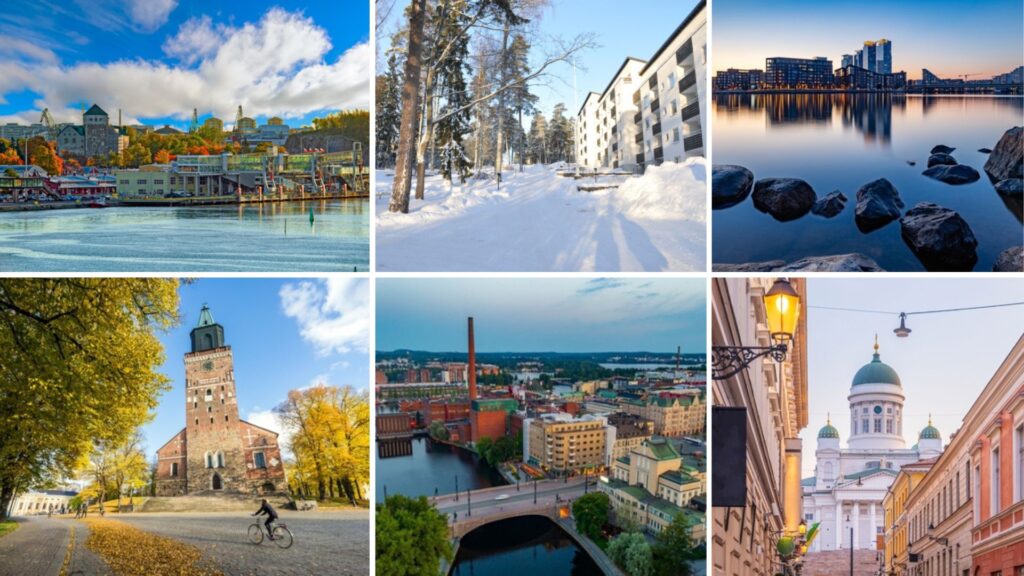
How much do food prices impact the cost of living in Finland?
Another key factor in the cost of living in Finland is food. Shopping at supermarkets or eating out isn’t cheap, especially compared to Southern Europe or Latin America. The main reason is that many foods are imported and local production costs, especially in winter, are high.
The good news: There are ways to adjust your food budget. Choose national brands, take advantage of seasonal offers and buy local products like fish, potatoes, dairy and rye bread. In larger cities such as Helsinki or Turku, you’ll also find international supermarkets, ethnic shops and farmers’ markets.
Supermarket prices (K-Market, S-Market and Lidl)
The three most popular chains are K-Market and S-Market (more complete but pricier) and Lidl, which is usually the cheapest choice for students and expats. Here’s an estimate of prices:
| Basic product | Price (USD) | Price (€) |
|---|---|---|
| 1 litre of milk | $1.40 | €1.29 |
| 12 eggs | $3.60 | €3.31 |
| 1 kg rice | $2.50 | €2.30 |
| 1 kg chicken breast | $9.00 | €8.28 |
| 1 kg of beef | $14.00 | €12.88 |
| Sliced bread (500 g) | $3.20 | €2.94 |
| Ground coffee (250 g) | $5.50 | €5.06 |
| 1 chocolate bar | $2.50 | €2.30 |
Food prices in Finland’s main supermarket chains
A single person’s monthly supermarket spending ranges between $250 and $350 (€230–322), depending on diet and preference for fresh or processed foods.
Cost of Living in Finland: How much money do I need to eat out?
Eating out in Finland is an occasional luxury for many students and digital nomads. Still, there are options for all budgets: From lunch menus to modern Nordic restaurants or fast food chains.
| Type of Meal | Price (USD) | Price (€) |
|---|---|---|
| Lunch at a budget restaurant | $12.00–18.00 | €11,04–16,56 |
| Dinner at a mid-range restaurant | $25.00–40.00 | €23.00–36.80 |
| Combo at McDonald’s or Burger King | $9.00–11.00 | €8.28–10.12 |
| Coffee with cake in a café | $6.00–8.00 | €5.52–7.36 |
| Local beer (pint) | $7.00–9.00 | €6.44–8.28 |
Cost of living in Finland: Eating out
Tip: Most restaurants in Finland offer cheaper lunch menus (11 am–2 pm), including main dish, bread, salad and coffee.
So, cooking at home is the best way to save, but treating yourself at cafés or local restaurants is part of the Finnish experience. The product quality and hygiene standards are excellent everywhere.

Is getting around Finland expensive?
Getting around Finland means efficiency, punctuality and sustainability. Public transport runs like clockwork, even in winter. In Helsinki, Tampere and Turku, you can easily travel by tram, metro, bus or commuter train. Bikes and e-scooters are also increasingly popular, thanks to excellent cycle paths.
If you plan to travel between cities, the country offers a modern and punctual rail and intercity bus network. For longer distances, domestic flights are available, though less necessary due to relatively short distances.
Urban public transport: Metro, trams and buses
In Helsinki, the HSL system connects the capital with nearby cities like Espoo and Vantaa. Tickets are zone-based, and prices vary by distance. In smaller cities, single tickets cost around $2.00–2.50 (€1.84–2.30).
| Service | Price (USD) | Price (€) |
|---|---|---|
| Single ticket (1 zone) | $3.00 | €2.76 |
| Day pass | $9.00 | €8.28 |
| Monthly pass | $75.00 | €69.00 |
Cost of public transport in Finland
Bikes and e-scooters
In spring and summer, cycling is one of the favourite ways to move around. Helsinki, for example, has a very affordable public bike-sharing system. Private companies like Voi and Tier also provide e-scooter services in most large cities. They’re a great way to cut living costs in Finland while travelling sustainably.
| Mode | Price (USD) | Price (€) |
|---|---|---|
| Daily bike pass | $6.00 | €5.52 |
| Monthly bike pass | $20.00 | €18.40 |
| E-scooter (15 min) | $3.00–4.50 | €2.76–4.14 |
Cost of living in Finland: Cycling and e-scooters
Travelling between cities: Trains and intercity buses
Whether you’re moving permanently or for a few months, you shouldn’t miss the chance to explore Finland as much as possible. From cities to national parks, the country has unmatched beauty. To do that, you’ll need to travel.
The most scenic and comfortable way to travel around Finland is by train. The network is modern, clean and efficient, run by the national operator VR. There are also intercity buses like OnniBus, with promotional fares from $5.00 (€4.60) if you book early.
| Common route | Price (USD) | Price (€) |
|---|---|---|
| Helsinki – Tampere (180 km) | $18.00–25.00 | €16.56–23.00 |
| Helsinki – Turku (160 km) | $15.00–22.00 | €13.80–20.24 |
| Helsinki – Rovaniemi (800 km, night train) | $60.00–90.00 | €55.20–82.80 |
Cost of travelling around Finland
Fuel and private cars
Another way to lower the cost of living in Finland is by skipping car ownership. You can live comfortably without one, although owning a car is common in rural areas or if you plan to explore the countryside. Maintenance and tolls are minimal, but parking costs in city centres can be high, especially in Helsinki. Insurance is also mandatory.
| Category | Price (USD) | Price (€) |
|---|---|---|
| 1 litre of petrol | $2.00 | €1.84 |
| New car (Toyota Yaris type) | $25,000 | €23,000 |
| Car insurance (monthly) | $70–110 | €64–101.20 |
How much does owning a car in Finland cost?
As you can see, getting around Finland is quick, comfortable and reliable. But note that public transport costs can feel high unless you buy monthly passes. For short distances in summer, bikes rule the streets.
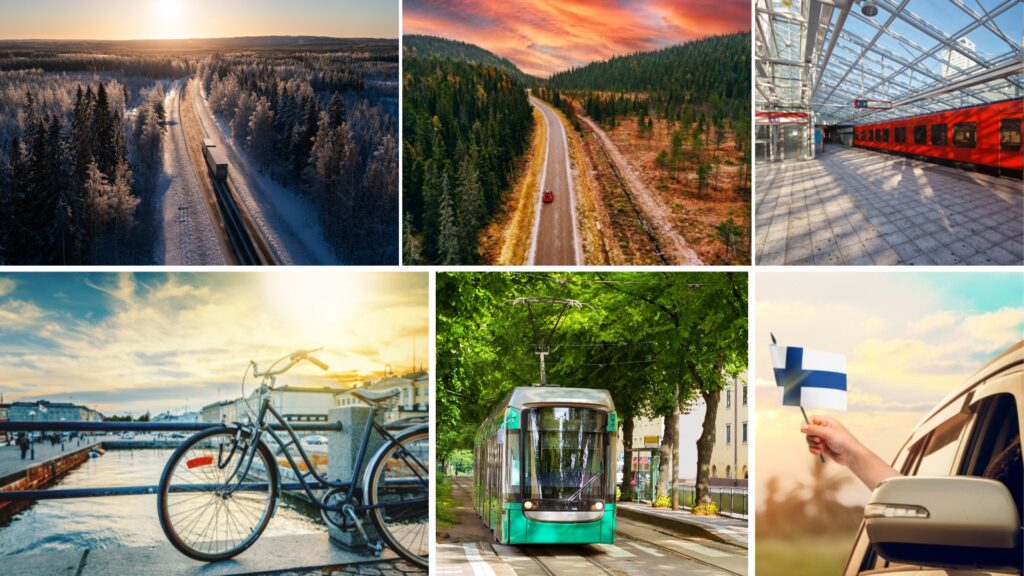
What’s the cost of healthcare in Finland?
One of Finland’s great strengths is its public healthcare system. It’s mostly funded by taxes and offers high-quality care at very low prices for residents and international students with valid enrolment. For foreigners without residence or those on short stays, the reality is different: You’ll need to pay for each consultation or have private health insurance. And of course, that comes at a cost.
Language is rarely an issue. In hospitals and clinics in large cities, staff usually speak English, and many procedures can be done online or through public health apps.
Cost of living in Finland: Public healthcare access for foreigners
If you hold official residence or are enrolled at a Finnish university, you can use public healthcare services at reduced rates. There’s also the FSHS (Finnish Student Health Service), covering basic consultations at low cost.
For those without residence, the options are:
- Use public health centres (paying full rates).
- Go directly to private clinics, where waiting times are shorter but prices are higher.
Private health insurance
For digital nomads, long-term tourists or those without local cover, having an international health insurance is mandatory. Popular companies among expats include Cigna, Allianz, SafetyWing and IMG Global. It’s another expense, but paying medical bills out of pocket is costlier. If you’re unsure, check the following table (for those without insurance or residence):
| Medical service | Price (USD) | Price (€) |
|---|---|---|
| Consultation at public centre (without residence) | $70–110 | €64–101.20 |
| Consultation at private clinic | $100–160 | €92–147 |
| Basic dental consultation | $90–140 | €82.80–128.80 |
| Blood test or X-ray | $50–80 | €46–73.60 |
| Daily hospitalisation (public hospital) | $400–600 | €368–552 |
Healthcare costs in Finland
A basic insurance covering consultations and emergencies costs around $60–90/month (€55.20–82.80). It’s a wise investment. For more complete insurance, costs rise to $120–180/month (€110.40–165.60). It’s pricier but still better than being uninsured.
How much do internet and phone plans cost in Finland?
Another of Finland’s strengths is connectivity. The country has one of the fastest and most stable internet networks in Europe, with 4G across almost all the territory and 5G expanding. Homes usually come ready for fibre installation, making it quick and easy to set up.
As for mobile plans, rates are reasonable compared with other Nordic countries. Most include unlimited calls within Finland and generous mobile data.
Home broadband
Main providers are Elisa, DNA and Telia. Minimum speed is usually 100 Mbps, with up to 1 Gbps for remote workers or heavy streaming users. Costs are reasonable, and installation is often free or symbolic if you sign for over six months.
| Speed | Monthly price (USD) | Price (€) |
|---|---|---|
| 100 Mbps | $25.00 | €23.00 |
| 300 Mbps | $35.00 | €32.20 |
| 1 Gbps (fibre) | $45.00–55.00 | €41.40–50.60 |
Cost of living in Finland: Home broadband
Mobile plans: Data and calls
In Finland you can get no-contract mobile plans from day one with your passport. All operators offer prepaid and postpaid options, with stable prices and solid coverage even in rural areas. Many Finnish mobile plans are truly unlimited, letting you use your phone as a hotspot at no extra cost.
| Plan type | Monthly price (USD) | Price (€) |
|---|---|---|
| Basic plan (5–10 GB) | $12.00–18.00 | €11.04–16.56 |
| Medium plan (30 GB + unlimited calls) | $20.00–30.00 | €18.40–27.60 |
| Unlimited data plan | $35.00–45.00 | €32.20–41.40 |
Mobile plans in Finland
Holafly: The easiest way to get unlimited internet in Finland
There’s a much simpler way to have internet in Finland, and it’s just one word: Holafly. If you’re visiting short term or need instant connection upon landing at Helsinki Airport, a good option is to buy an eSIM for Finland. For $6.90 (€6.35) a day (the price decreases with longer durations), you’ll get unlimited data. Setup is quick, easy and requires no long contracts.
Another option for longer stays is Holafly monthly plans. These include limited (10 GB or 25 GB) and unlimited packages via international eSIMs. In other words, you’ll get global internet (in over 170 countries). It’s especially attractive for nomads, remote workers, international students and airline staff travelling often. You’ll visit Sweden, Norway, Denmark and many more without switching plans!
| Holafly monthly plan | Price (USD) | Price (€) |
|---|---|---|
| Unlimited data | $67.90 | €64.90 |
| 25 GB | $51.19 | €49.90 |
| 10 GB | $40.93 | €39.90 |
Holafly monthly plans: A simple way to get internet in Finland
Important: If you are a frequent traveler and want to stay connected without worrying about expensive roaming or looking for a new SIM at every destination, Holafly’s subscription plans are for you. With a single eSIM, enjoy internet in more than 170 countries for a fixed price and no surprises on your bill. Travel without limits and connect easily and securely! 🚀🌍

In short, internet in Finland won’t be an issue. Prices are reasonable, speeds excellent and mobile coverage among the best in Europe.
Do leisure activities increase the cost of living in Finland?
Finland invites you outdoors, even in the coldest months. With fairytale landscapes, endless forests, thousands of lakes and a rich cultural life, leisure activities combine nature, history and modernity in equal parts. From a walk in a national park to a classical concert or a public sauna afternoon, the range is wide and diverse.
Access to culture and nature is part of daily life. Finns value contact with nature, and that’s clear in the many free spaces available. Still, some of the country’s most iconic attractions require entry fees, though student and resident discounts are common. So, to answer the question: no, leisure doesn’t necessarily have to increase the cost of living in Finland. But we recommend setting aside some euros for the most famous sights.
Free activities and attractions in Finland
Living in or visiting Finland doesn’t always mean spending money. Here are some of the best free plans and places:
- Nuuksio National Park (Espoo): Marked trails between forests and lakes, ideal for hiking or picnics.
- Temppeliaukio Church (Helsinki – free outside concert times): A rock-carved church with unique acoustics.
- National Museum of Finland (free entry on Friday afternoons): Perfect to explore the country’s history.
- Seurasaari Island (Helsinki): Green space with historic wooden houses and fresh air.
- Hakaniemi and Kauppatori markets: Must-visits to discover Finnish food and culture.
- Northern lights routes (Lapland): In winter, enjoy Finland’s most famous natural show… for free.
Paid attractions you shouldn’t miss
Some Finnish experiences aren’t free, but they’re worth every euro. Here are some highlights:
| Attraction | City | Price (USD) | Price (€) |
|---|---|---|---|
| Suomenlinna Fortress (museums and guided tours) | Helsinki | $8.00 | €7.36 |
| Löyly Sauna (standard entry) | Helsinki | $23.00 | €21.16 |
| Ateneum Art Museum | Helsinki | $20.00 | €18.40 |
| Helsinki Zoo | Helsinki | $18.00 | €16.56 |
| Koli National Park (visitor centre and viewpoints) | Carelia | $7.00 | €6.44 |
| Santa Claus Village (activity with official photo) | Rovaniemi | $35.00 | €32.20 |
| Northern lights tour | Rovaniemi | $80.00–120.00 | €73.60–110.40 |
| Helsinki canal cruise | Helsinki | $25.00 | €23.00 |
| Design Museum | Helsinki | $12.00 | €11.04 |
| Heureka Science Museum | Vantaa | $22.00 | €20.24 |
Main paid attractions in Finland
The bottom line: Finland offers something for every budget. From free outdoor adventures to unforgettable paid experiences, leisure is a key part of everyday life, whatever the season.
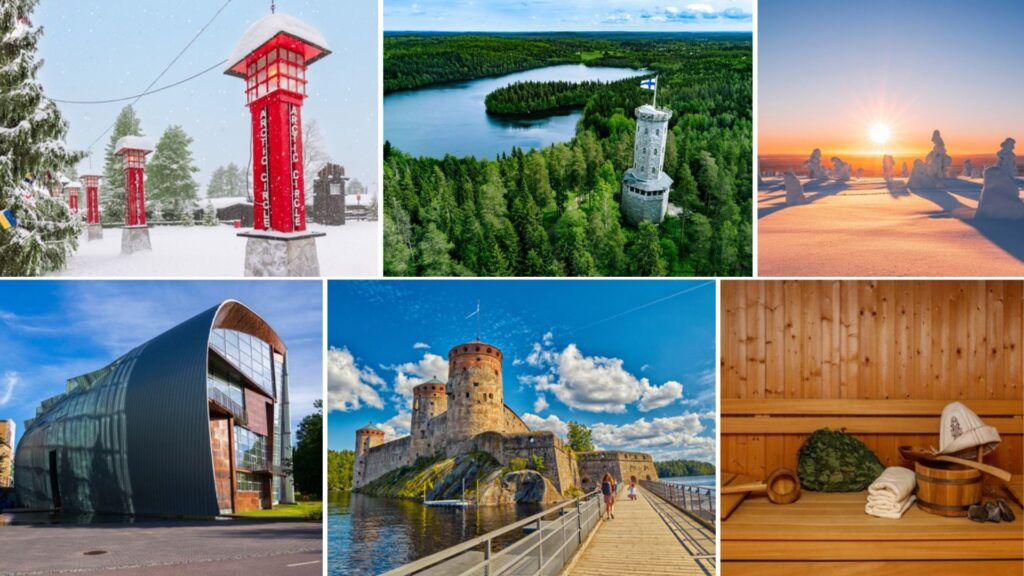
Conclusion: Is the cost of living in Finland expensive?
Living in Finland means choosing quality over quantity. Yes, the cost of living in Finland is high, especially compared with other European destinations. Rent, food and basic services can be challenging for those with tight budgets. However, in return you get safety, world-class education, an efficient healthcare system and unmatched natural surroundings.
The key to adapting is learning the landscape: Using student discounts, choosing coliving or university housing, relying on public transport and enjoying the many free activities the country offers.
If you’re looking for good quality of life, closeness to nature and a society where things work, Finland should be on your list of relocation options for 2025.
Cost of living in Finland: FAQs
It depends on many factors, mainly housing, food shopping and how much you spend on extras. If you rent a coliving space or a studio in a city like Helsinki and keep a balanced lifestyle (cooking at home, using public transport and going out occasionally), you’ll need between $1,400 and $1,900/month (€1,288–1,748). In smaller cities, that budget can drop to $1,000–1,400/month (€920–1,288).
Tampere, Turku, Oulu and Jyväskylä are generally cheaper than Helsinki or Espoo. Rent and overall living costs are 20%–30% lower, but service quality and nature access remain the same.
Yes. Public transport is highly reliable even during heavy snowfalls. Buses, trams, trains and metro run as usual, and authorities prioritise transport routes over other roads.
Yes, especially in big cities and in academic settings. Most Finns speak fluent English, especially in education, healthcare, transport and services. However, learning a few basic Finnish phrases will make daily life easier.





 Language
Language 


















 No results found
No results found





